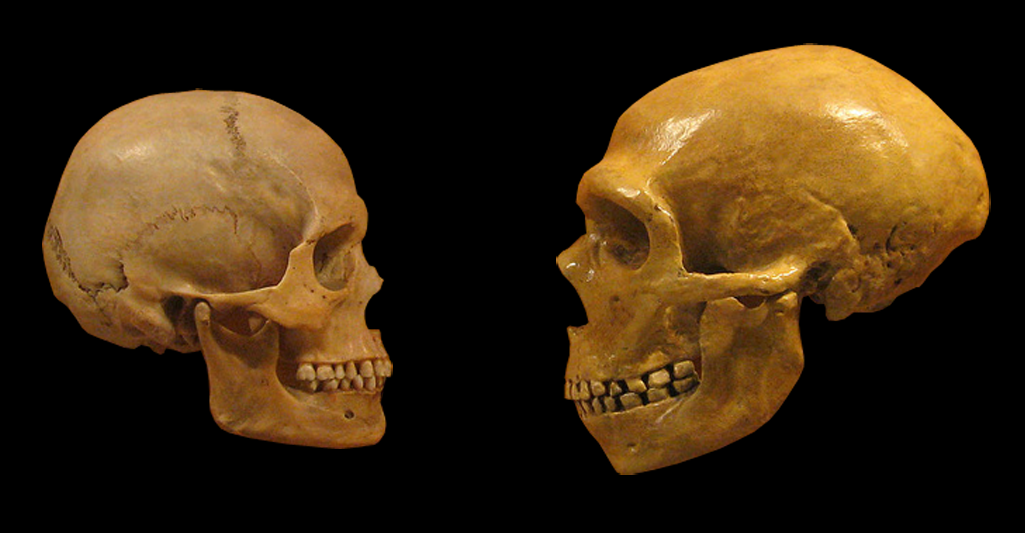 The more precise dating of a key geological formation at a paleoanthropological site in Ethiopia has bolstered the notion that modern humans are far older than previously assumed, being well established as a species as far back as 300,000 years ago.
The more precise dating of a key geological formation at a paleoanthropological site in Ethiopia has bolstered the notion that modern humans are far older than previously assumed, being well established as a species as far back as 300,000 years ago.
One of the oldest examples of modern humans is a collection called the Omo remains, discovered at Kamoya’s Hominid Site (KHS) in Ethiopia between 1967 and 1974. Earlier radiometric dating techniques placed the age of the remains at roughly 195,000 years ago; however, although modern geological dating techniques are reasonably accurate in most cases, the layer of volcanic ash, called “tuff”, that lies above the stratum that held the Omo remains was difficult to date using these techniques because it was “too fine-grained,” according to study lead Céline Vidal, a geographer with Cambridge University; although the remains were clearly ancient, the lack of a precise date for that geological layer, dubbed the KHS Tuff, meant that the actual age of the Omo fossils remained relatively ambiguous.
“Using these methods, the generally accepted age of the Omo fossils is under 200,000 years, but there’s been a lot of uncertainty around this date,” Vidal explains. “The fossils were found in a sequence, below a thick layer of volcanic ash that nobody had managed to date with radiometric techniques because the ash is too fine-grained.”
Instead, Vidal’s team decided to approach this puzzle from a different angle: although the volcanic tuff itself couldn’t be reliably dated, it had to come from a nearby volcanic eruption, one that quite probably would have deposited lava and rock that could be accurately dated. To that end, a geochemical analysis of pumice from the KHF Tuff revealed a match with an eruption from the Shala volcano 400 kilometers (250 miles) to the northeast.
But when the date of the Shala eruption that deposited the KHS Tuff was determined, it was found to have occurred at least 36,000 years earlier than the generally-accepted date for the Omo remains, meaning that they could be no less than 233,000 years old. “This is the best estimate we have at the moment, and it is congruent with the most recent models of human evolution, which place the emergence of our species—Homo sapiens—between 350,000 and 200,000 years ago,” Vidal explains.
Vidal is referring to the 2017 discovery of 300,000 year old human remains in Morocco’s Jebel Irhoud cave, 5,600 kilometers (3,500 miles) west of the Ethiopian site, on the other side of Africa. The concurrent appearance of modern humans a continent apart implies that anatomically modern humans must be much older, presumably having not only evolving from a single group, but then also having taken some time to migrate that large a distance.
“We can only date humanity based on the fossils that we have, so it’s impossible to say that this is the definitive age of our species,” said Vidal. “The study of human evolution is always in motion: boundaries and timelines change as our understanding improves. But these fossils show just how resilient humans are: that we survived, thrived and migrated in an area that was so prone to natural disasters.”
Subscribers, to watch the subscriber version of the video, first log in then click on Dreamland Subscriber-Only Video Podcast link.